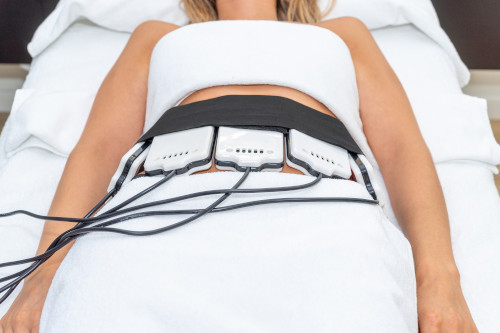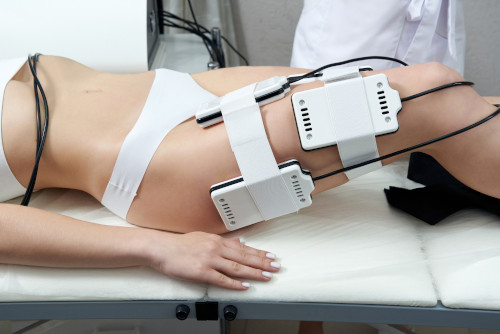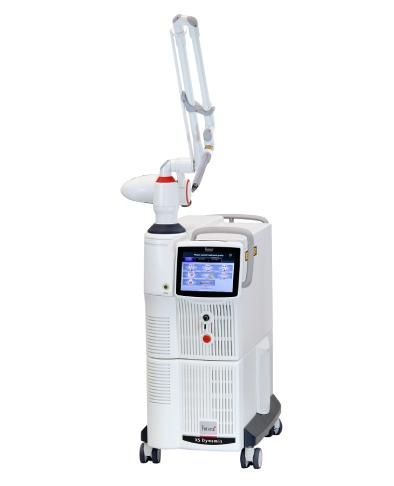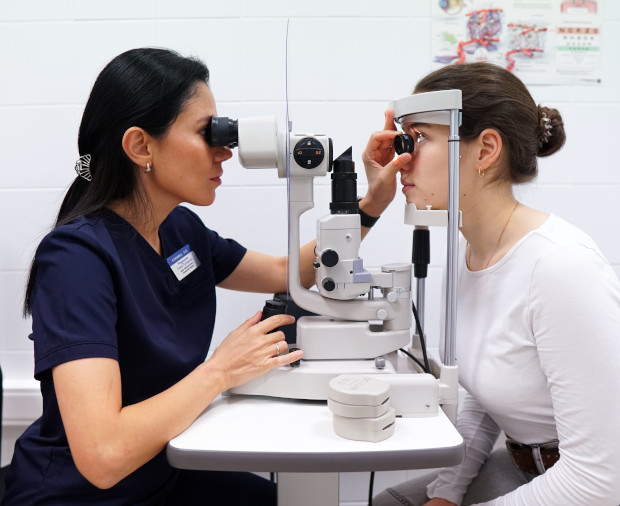Laser lipolysis

specialists

equipment

treatment
Laser impact zones
Lipolysis is performed to get rid of fat deposits in almost any area.
Face
Chin
Neck
Body
General information about the procedure
Answers to popular questions
Doctors from K+31 answered the most common questions about laser lipolysis.
How safe is laser lipolysis?
How long should you go for laser lipolysis of your arms?

This award is given to clinics with the highest ratings according to user ratings, a large number of requests from this site, and in the absence of critical violations.

This award is given to clinics with the highest ratings according to user ratings. It means that the place is known, loved, and definitely worth visiting.

The ProDoctors portal collected 500 thousand reviews, compiled a rating of doctors based on them and awarded the best. We are proud that our doctors are among those awarded.
Make an appointment at a convenient time on the nearest date
Price
Other services





































What is laser lipolysis?
A relatively new method of minimally invasive removal of excess fat in certain areas of the body is called laser lipolysis. A laser of a certain frequency affects the cells of adipose tissue, causing them to resonate, which leads to the destruction of their membranes. After this, the outer protective shell of the cells is destroyed, and they turn into a gel mass. Then this mass is excreted from the body through the excretory system.
The effectiveness of lipolysis is assessed by measuring the amount of fat removed. On average, 300 to 500 ml of adipose tissue is removed in one procedure. After a course of treatment, body volume can decrease by 8-10 cm. The final result is directly affected by the individual characteristics of the patient.